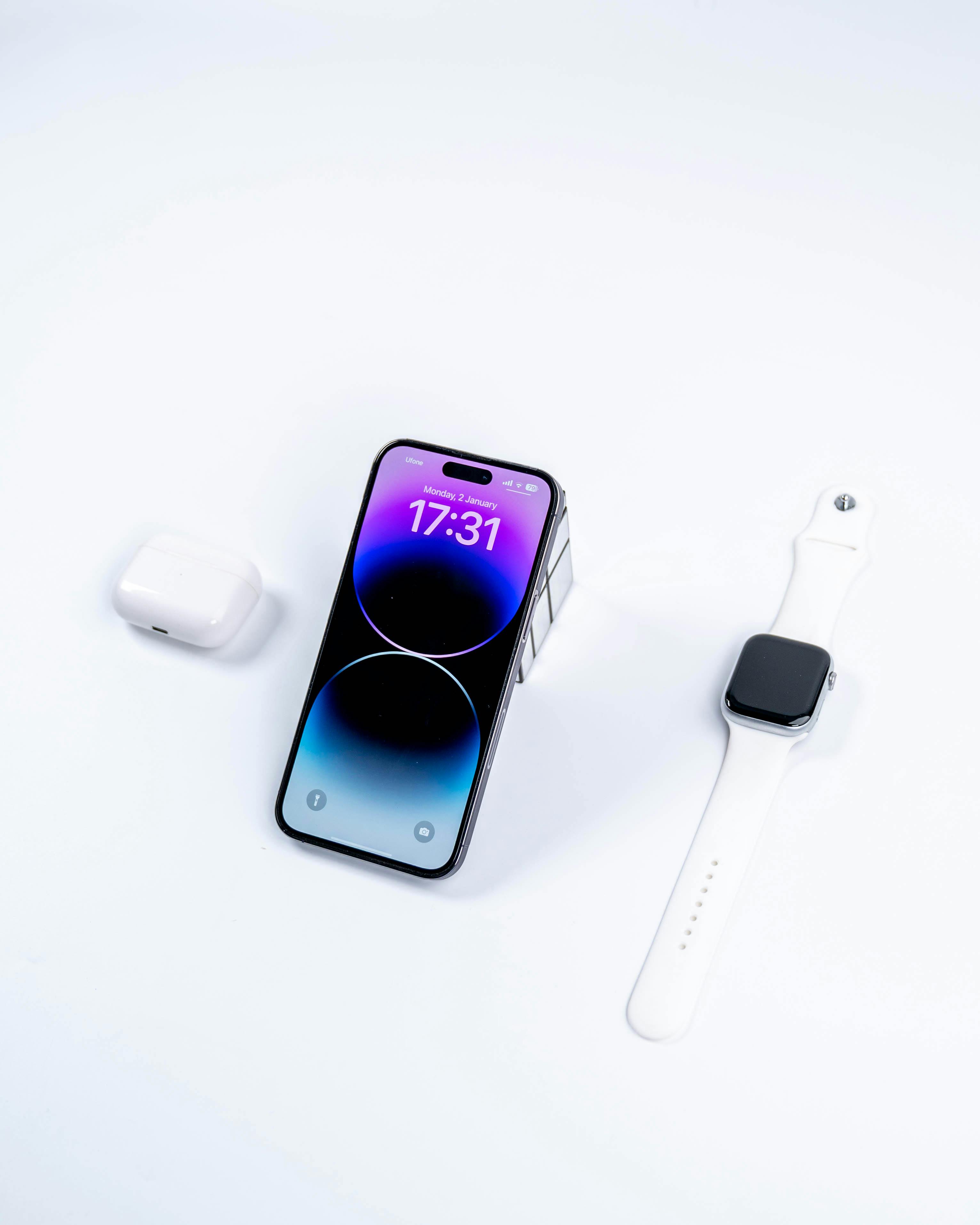 1G (First Generation)
The first generation of cellular technology, 1G, was introduced in the 1980s. 1G was essentially a analog network that was designed to allow people to make phone calls while on the go. The first commercially available 1G phone was Motorola DynaTAC 8000X. Despite the novelty of being able to make phone calls from anywhere, 1G had several limitations, including poor call quality, low battery life and limited capacity for handling large amounts of data.
1G (First Generation)
The first generation of cellular technology, 1G, was introduced in the 1980s. 1G was essentially a analog network that was designed to allow people to make phone calls while on the go. The first commercially available 1G phone was Motorola DynaTAC 8000X. Despite the novelty of being able to make phone calls from anywhere, 1G had several limitations, including poor call quality, low battery life and limited capacity for handling large amounts of data.
2G (Second Generation) The second generation of cellular technology, 2G, was introduced in the 1990s. 2G was a digital network that marked a significant improvement over 1G. 2G allowed for the first time the transmission of data services like SMS and MMS. Some of the key features of 2G included improved call quality, increased battery life and increased capacity for handling large amounts of data. The first commercially available 2G phone was the Nokia 1011.
3G (Third Generation) The third generation of cellular technology, 3G, was introduced in the early 2000s. 3G brought about the possibility of mobile internet and data services. 3G enabled faster data transmission and allowed for new services such as mobile video and music. Some of the key features of 3G included faster data transfer speeds, improved network coverage and the ability to support more advanced applications like GPS and mobile video. The first commercially available 3G phone was the Nokia 6650.
4G (Fourth Generation) The fourth generation of cellular technology, 4G, was introduced in the late 2000s. 4G marked a major step forward in terms of both speed and capacity. 4G networks were designed to support the growing demand for mobile data and offer a much faster data transfer speed compared to 3G. Some of the key features of 4G included high speed data transfer, low latency and improved network coverage. The first commercially available 4G phone was the HTC Evo 4G.
5G (Fifth Generation) The fifth generation of cellular technology, 5G, was introduced in the early 2010s. 5G promises to bring about a new era of wireless communication and is expected to revolutionize the way we use our mobile devices. 5G promises faster data transfer speeds, lower latency, increased network capacity and improved network coverage. Some of the key features of 5G include ultra-fast download and upload speeds, improved support for internet of things (IoT) devices, and enhanced virtual reality (VR) and augmented reality (AR) experiences.
In conclusion, the evolution of cellular technology has been a remarkable journey, driven by the need for faster, more reliable and efficient wireless communication. From 1G to 5G, each generation has brought about significant advancements in speed, capacity and data transmission, making it possible for people to stay connected on the go and enjoy new and innovative mobile experiences. The future of cellular technology looks promising, with the potential for even faster, more reliable and efficient networks, making it possible for people to stay connected and enjoy the full benefits of mobile communication.
Comments
Post a Comment